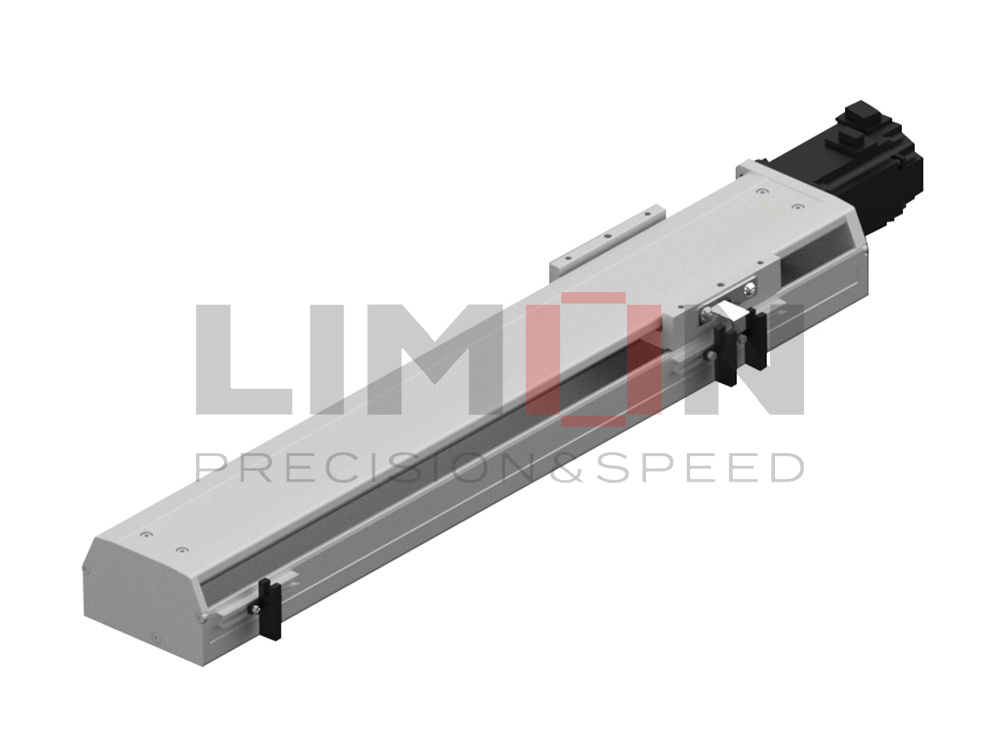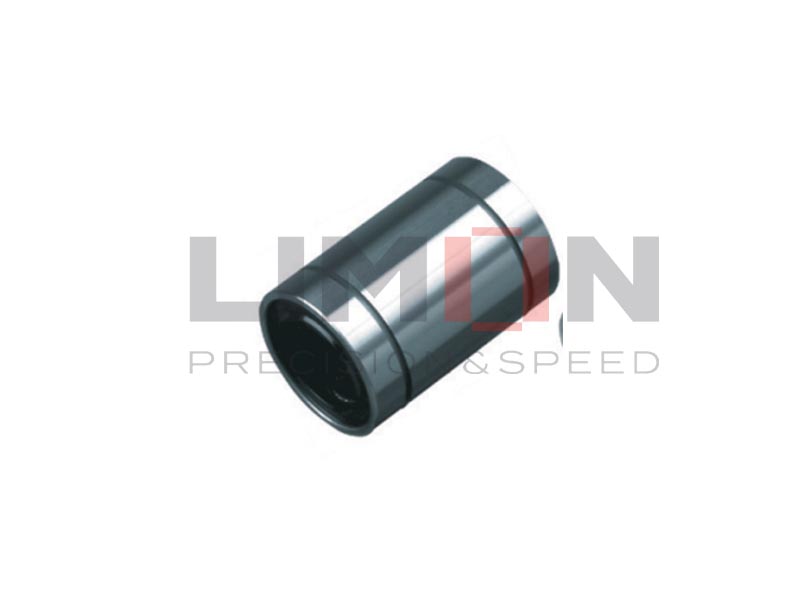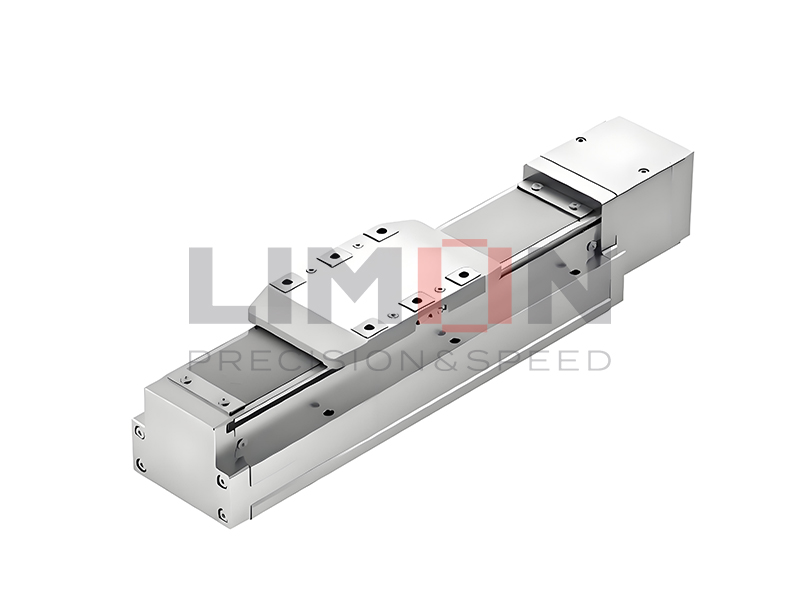Equipment failure caused by an improper bearing choice can result in costly downtime. Understanding how to select the right bearing ensures efficiency, reliability, and extended service life.
Sliding bearings and rolling bearings both support rotating or sliding components, but their differing designs and performance characteristics make choosing the right one crucial for your application’s success.
This article explores the key differences, advantages, and disadvantages of each bearing type to help you make an informed decision.
Rolling Bearings and Sliding Bearings: An Overview
Rolling bearings utilize rolling elements—such as balls or rollers—placed between inner and outer rings. These rolling elements minimize friction by reducing the contact area, enabling smooth rotation even at high speeds. Rolling bearings are prevalent in applications requiring precision and efficiency, including electric motors, conveyor systems, and aerospace equipment.
Sliding bearings, or plain bearings, operate through direct sliding contact between two surfaces, separated by a thin lubrication film to reduce friction. They are commonly used in heavy-duty, low-speed environments like turbines, large industrial machinery, and hydropower plants. Sliding bearings feature simple construction, high shock-load resistance, and generally lower manufacturing costs.
While both bearing types serve to guide and support motion, the choice depends largely on operational speed, load demands, maintenance capability, and cost considerations.
| Feature | Rolling Bearings | Sliding Bearings |
|---|---|---|
| Friction Type | Rolling contact | Sliding contact |
| Speed Capability | High | Low to medium |
| Load Capacity | Moderate to high | Very high (especially radial) |
| Maintenance | Moderate (requires lubrication) | Variable (depends on lubrication) |
| Cost | Higher initial cost | Lower initial cost |
| Shock Load Resistance | Lower | Higher |
Detailed Comparison: Rolling Bearings vs. Sliding Bearings
The key differences between rolling and sliding bearings center on efficiency, load capacity, and cost:
Efficiency: Rolling bearings generate less friction and heat, which reduces energy losses and enables higher speeds with greater precision.
Load Capacity: Sliding bearings excel under extreme loads and shock conditions, offering robustness where impact resistance is critical.
Lubrication and Maintenance: Rolling bearings require regular lubrication but less than sliding bearings, which depend heavily on effective lubrication systems to prevent wear due to their larger contact surfaces.
Tolerance to Conditions: Sliding bearings tolerate misalignment and contamination better than rolling bearings.
Longevity: Rolling bearings often fail due to fatigue of rolling elements or raceways, while sliding bearings can have longer service lives if lubrication is properly maintained.
Your choice ultimately hinges on whether your priority is high-speed efficiency or heavy-load resilience.
Advantages and Disadvantages at a Glance
Advantages of Rolling Bearings
Low friction coefficient for high-speed applications.
High mechanical efficiency and minimal power loss.
Standardized, easily sourced designs.
Predictable lifespan under controlled operating conditions.
Disadvantages of Rolling Bearings
Less effective under heavy shock or impact loads.
Sensitive to misalignment and contamination.
Higher upfront purchase cost.
Limited maximum load capacity compared to sliding bearings.
Advantages of Sliding Bearings
Superior load capacity and shock absorption.
Simple design with fewer moving parts.
Lower manufacturing and replacement costs.
Better performance in dirty or contaminated environments when properly lubricated.
Disadvantages of Sliding Bearings
Higher friction leading to increased energy loss.
Demanding lubrication requirements to prevent wear.
Limited maximum operating speed.
Greater heat generation during continuous use.
| Aspect | Rolling Bearings | Sliding Bearings |
|---|---|---|
| Friction Loss | Low | High |
| Shock Load Performance | Moderate | Excellent |
| Precision Capability | High | Moderate |
| Lubrication Needs | Moderate | High |
| Cost Over Lifecycle | Medium to high | Low to medium |
Conclusion
Selecting the right bearing type is essential to maximize equipment performance, minimize downtime, and extend operational life. Consider your application’s speed, load demands, environmental conditions, and budget when choosing between sliding and rolling bearings. Aligning the bearing choice with your specific needs ensures optimal efficiency and cost-effectiveness.For further questions please contact [email protected]




